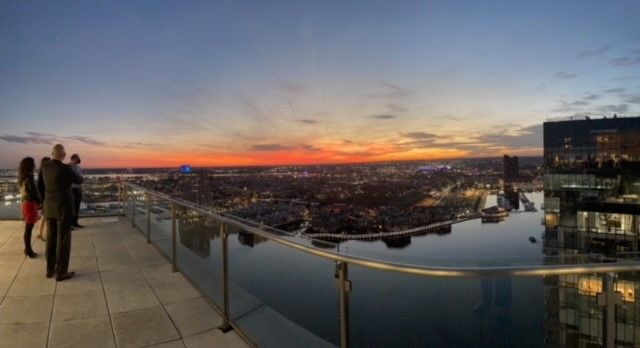What is dance? I suspect I will spend the rest of my life and career answering this question. When dance happens may be a more interesting question to ask. I think dance happens when three things intersect: intent, setting (immediate space or location) and context (broader social, political, religious, community culture.) It may be the inspiration of movement when someone feels joy or sadness, it may be when a community moves together, or it may even be a formal concert presentation. In each of these creative movement experiences is an intent to dance, a setting where it happens and a context in which it occurs which make it dance.
John A. Niemi, MA is a first year doctoral student in the Department of Dance at Texas Woman’s University.

